© 2024 Tales from Outside the Classroom ● All Rights Reserved
Clock Partners Instructional Strategy
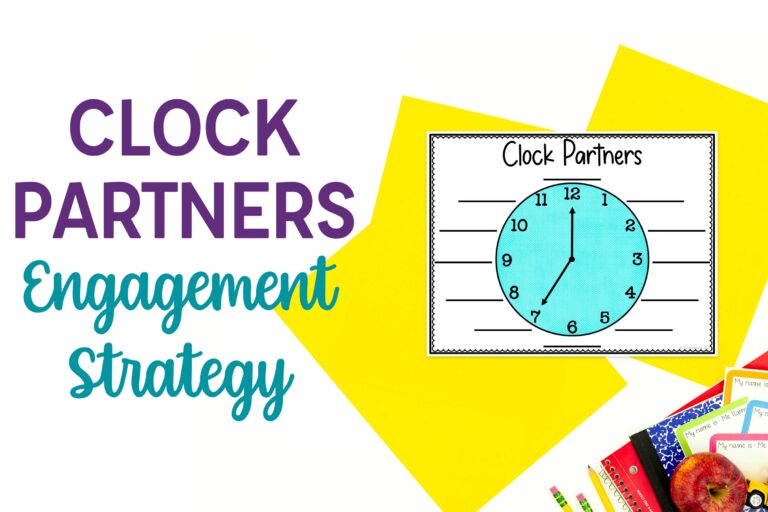
Have you heard of clock partners? It’s a great instructional strategy to partner your students up quickly. It’s easy to implement and is a great engagement strategy. When I originally saw it, it was with students walking around and finding partners for all 12 of their spaces. But, I wondered if there was a way to make it more meaningful. With some intentionality, and a quick note to yourself, you can use clock partners as a great way to differentiate and flexibly group your students.
How Clock Partners Work
Print out enough copies for each student to have their own. Students take their page, walk around the room and find 12 different partners. They each write their partner’s name on the same line. If I’m partnering with you at 12, I write my name on your page at 12, and you write your name on my page at 12. You can help control this by only allowing them to get 1 partner at a time and resetting things before students start moving again. This helps keep things too chaotic or students getting messed up. I wouldn’t recommend using dry erase for this because it’d be easy to accidentally erase. Instead, either laminate at the end, or give students a safe place to store their clocks.
Throughout the year, as you want students to partner up, you announce that they need to find their partner for a specific time: “4 o’clock partner” for example. This helps to ensure that students are working with a variety of peers throughout the day and week. If you have a smaller class you can allow students to list the same friend more than once, but I’d recommend limiting it to no more than two.
Differentiation
Clock partners is easy to tweak in a few different ways. I give students some of their matches. For example, I might make the 3 o’clock partner a student who reads at the same or similar level. Then, I might make the 9 o’clock partner a student who reads at a higher or lower level. Then, when I want students to partner up to work, I can quickly partner them up with someone of similar or varying abilities. I recommend writing these partnerships on the clocks before you distribute them and keeping a master list for yourself. You could also direct students to leave specific times blank, but then you always run the risk of them miswriting a different match.
You can even use clock partners to make a quick group. For example, you could make the 3 and 4 similar levels. If you use those same three students as 3 and 4 for each other, you can ask them to meet with both partners and you’ve made a small group of 3. Of course, you can do the same thing with groups of 4 as well.
Here’s a sample way I’ve arranged the partners. There are so many different ways to do something similar by increasing the frequency of a specific grouping.
12- similar math ability
1- similar reading ability
2- similar reading ability
3- similar reading ability
4- free choice
5- free choice
6- different math ability
7- free choice
8- different reading ability
9- different reading ability
10- free choice
11- free choice
Students should still have some choices in who their partners are. I would always ensure students have at least 3 different free choice partners, giving them time to work with peers of their choosing. You might be surprised by the relationships students form with each other, and with whom they choose to work.
I would recommend starting out the first day of school by having students find at least one partner. This is a great way for them to get to meet each other, learn each other’s names, and get the structure and procedures established. After you do your beginning of the year assessments, you can match students based on abilities and allow them to fill in the extra slots with their choice of partners. Or, you could create an entirely new clock partners list, if you chose to match all 12 times initially. I’d change things up at least one more time during the year to ensure students are building relationships with a variety of peers. After mid-year diagnostic testing is a great time to set up new partnerships based on new testing information, and because it’s typically a mid-point in the year.
I have Clock Partners templates in a few different colors and styles, including a black and white version. You can download them here. Looking for other engagement resources? Check out my Interactive Multiple Choice and 4 Corners- A Kinesthetic Preassessment posts.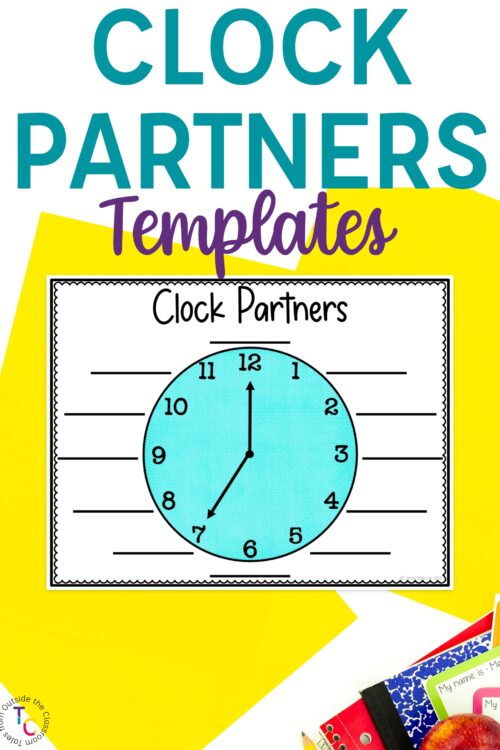
Newsletter Sign Up
Signup for my weekly-ish newsletter. I send out exclusive freebies, tips and strategies for your classroom, and more!
Please Read!
You have successfully joined our subscriber list. Please look in your e-mail and spam folder for Tales from Outside the Classroom. Often, the confirmation email gets overlooked and you're night signed up until you confirm!

Hi! I’m Tessa!
I’ve spent the last 15 years teaching in 1st, 2nd, and 3rd grades, and working beside elementary classrooms as an instructional coach and resource support. I’m passionate about math, literacy, and finding ways to make teachers’ days easier. I share from my experiences both in and out of the elementary classroom. Read more About Me.









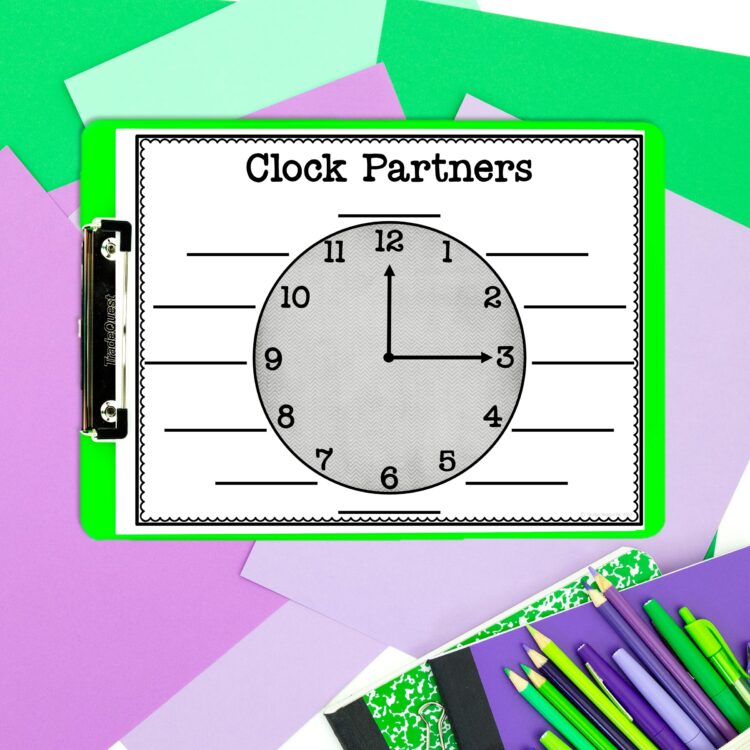
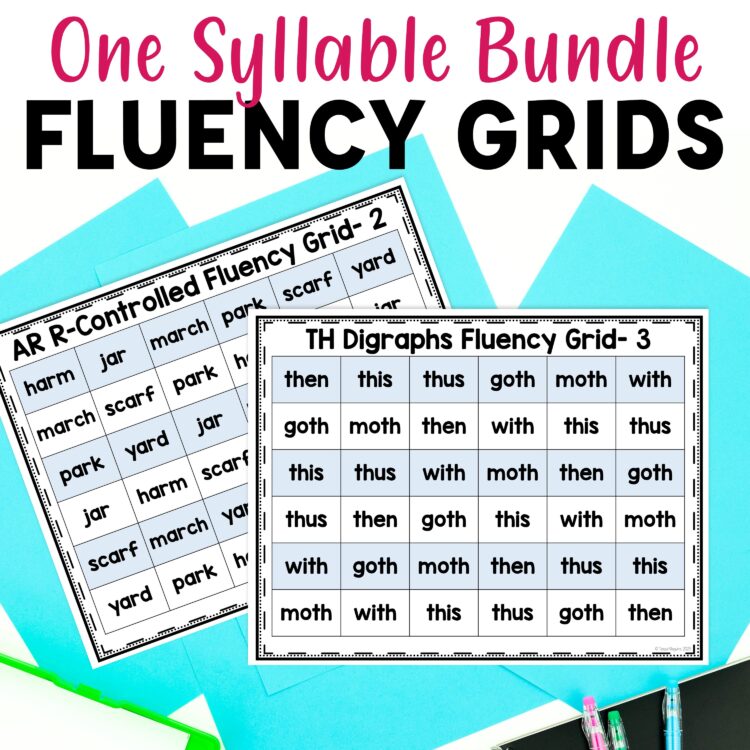
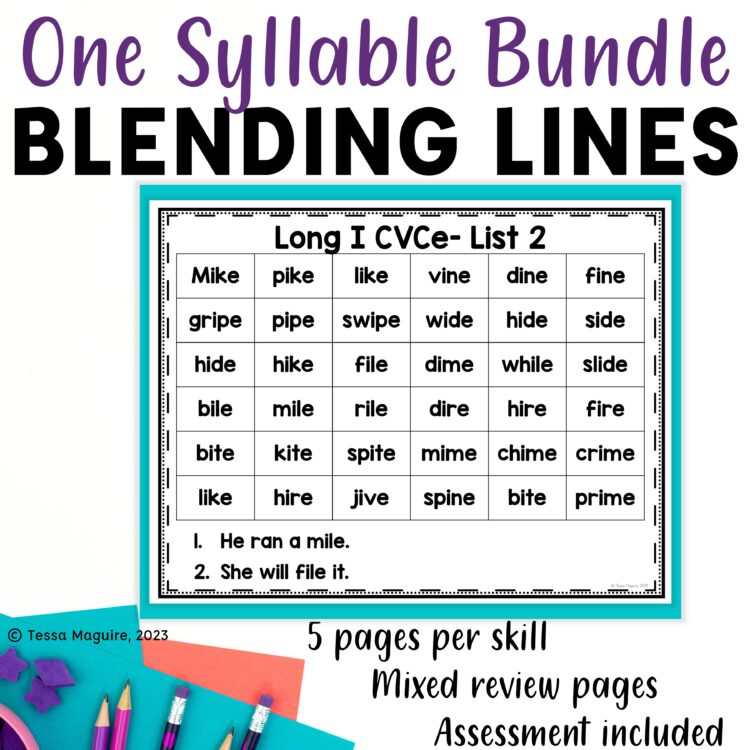
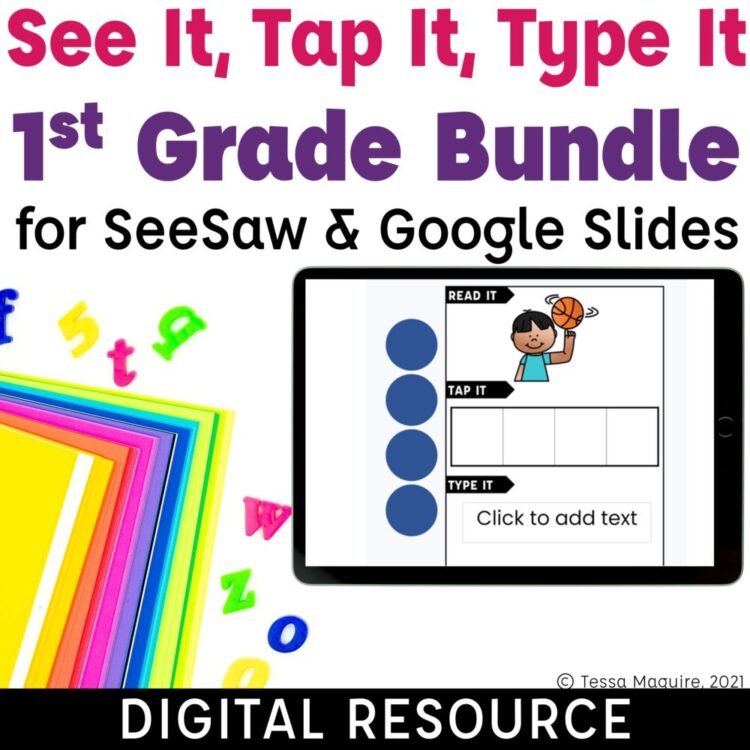



24 Comments
Oh my goodness – what a clever idea. Hmmmm, and is somebody getting into making clipart??! LOL. Really cute!!!!!
Holly
Crisscross Applesauce in First Grade
I've done some frames and borders before. Yesterday when I couldn't find a clock I liked I tried to create one. I sorta loved the one I made, Deb Thomas told me a tip I never knew, and voila! I have clip art! 🙂
I like how you manipulate the partners a little bit. I bet none of the kids ever even notices! Great idea…I'll be sharing this on my facebook page.
Thanks for sharing! 🙂
OMG this is AMAZING! Thanks for sharing! So glad to have found you! Would love for you to stop by if you have a moment to my newbie blog 🙂
Tori
Tori's Teacher Tips
You're too sweet! I stopped by your blog and am a new follower. You're off to a great start!
I have used this method before as well as many other partnering techniques and think it is an awesome way of grouping students. I am currently working on creating partner cards for the various ways of grouping students in large and small cooperative learning groups. I love this way as well because then the students have all of their partners on one page 🙂 Nice work on the clocks 🙂
Heidi
My (Not So) Elementary Life
Your partner cards sound like a great idea! 🙂
I love this idea of using clock partners but setting some of them up beforehand. I am sharing this with my teachers next year during our weekly meetings. Thanks!
Jana
Thinking Out Loud
Thanks Jana!
I really love how you are mixing it up with partners! I haven't heard of this way before and I love it! Therefore, you avoid hurting feelings and the same kids aren't always together. Great idea Tessa!
Lisa
Learning Is Something to Treasure
Thanks! It's not completely my idea but I still like it! 🙂
Great idea!
Thanks!
Hi Tessa,
I stumbled across your blog through the linky party–I love using Clock Partners in my classroom! Such a great way to quickly partner up students. I'm your newest follower 🙂 Have a fun Monday!!
~Steph
The Quirky Apple
Thanks for stopping by!
What a great idea! Thank you!
You're welcome!
I LOVE using Clock Partners and I'm so glad I found your clock because it's waaay cuter than the plain one I have used in the past 🙂
Thanks so much!
~Stephanie
3rd Grade Thoughts
Yes, I really like the polka dot ones. Of course, I created them so I'm partial. 🙂
I've heard of clock partners before and actually printed one off this summer to try this year with my 5/6 graders in history. I really like how you did some DI by assigning certain partners for a couple of the time slots! 🙂
Shannon
http://www.irunreadteach.wordpress.com
I'm always trying to do more DI with new ideas!
Thanks!!! One less thing to do for the school year.